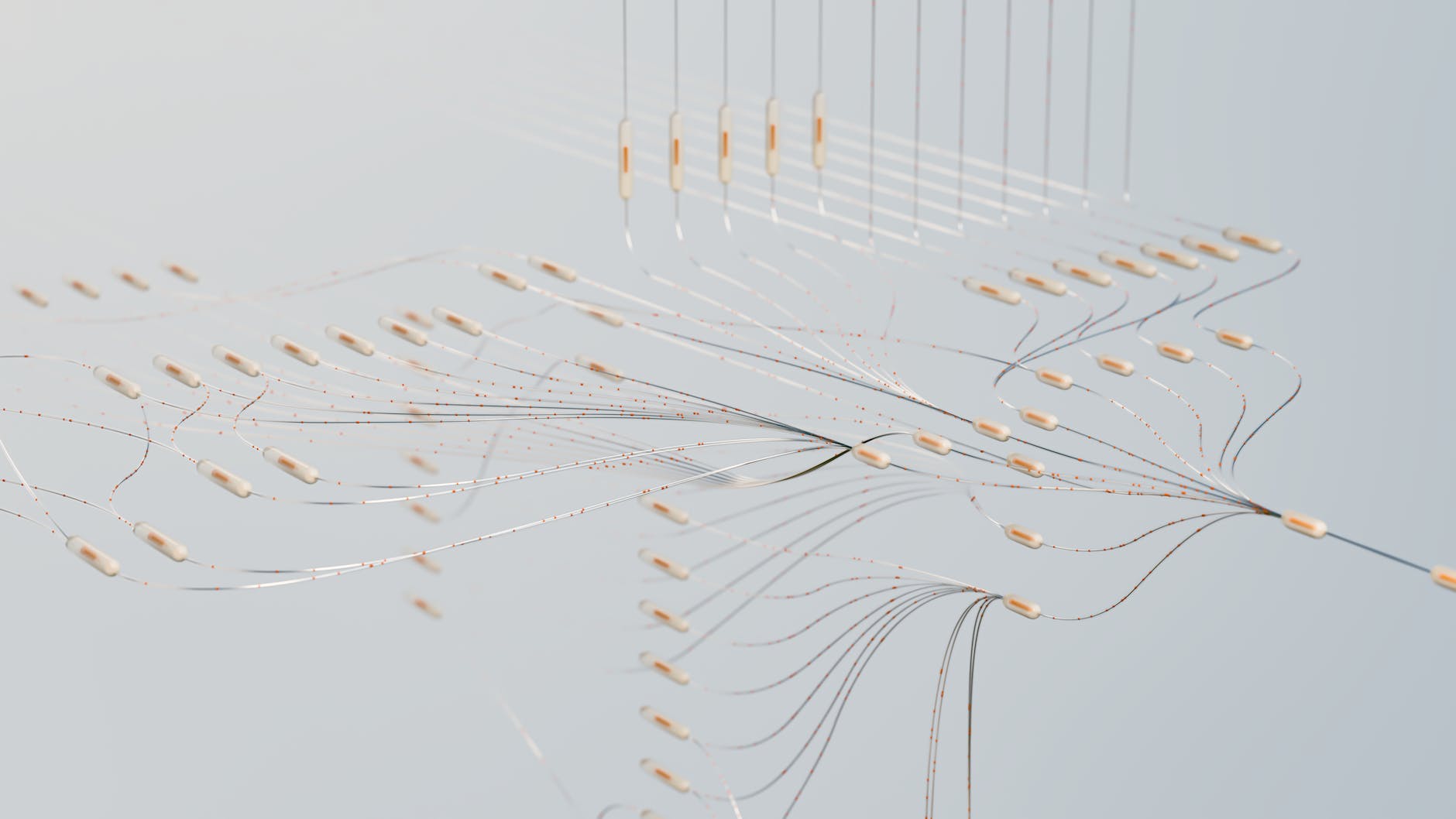Unveiling The Science Behind CBD: A Comprehensive Exploration

CBD, short for cannabidiol, has generated a buzz in recent years. From aiding in pain management to potentially helping with mental disorders, the range of CBD’s beneficial properties seems extensive. But what is the science behind CBD? How does our body interact with CBD? Let’s find out.
Our body’s endocannabinoid system (ECS) plays a vital role in maintaining homeostasis or internal balance. This complex cell-signaling system is responsible for regulating physical and cognitive processes like mood, appetite, sleep, and pain.
Interestingly, the ECS consists of cannabinoid receptors, dubbed CB1 and CB2. These CBD receptors are most prevalent in the central and peripheral nervous system. CB1 receptors primarily manage mood, memory, and appetite while CB2 receptors are connected to the immune system and control inflammation and pain.
Enter CBD, a type of cannabinoid. While our body produces cannabinoids known as endocannabinoids, plants produce cannabinoids too, specifically cannabis, hence they are called phytocannabinoids. In cannabis, the most influential phytocannabinoids are Tetrahydrocannabinol (THC) and CBD.
The stark differences between THC and CBD lead to drastically different effects. The primary one being that THC is psychoactive and CBD is not. Simply put, THC provides the popular “high,” while CBD does not. The mystery in the THC vs. CBD scenario lies in how both compounds interact with our ECS. THC binds directly with CB1 receptors, leading to the psychoactive effect; CBD, on the other hand, does not bond directly with the receptors, explaining why it won’t get you “high.”
The CBD we consume is extracted from Hemp plants using various methods, such as CO2 extraction, solvent extraction, or olive oil extraction- each CBD extraction method has its pros and cons with regards to purity, yield, and environmental friendliness.
Next comes CBD bioavailability, which refers to the percentage of CBD that enters the bloodstream when ingested. The method of consumption determines this. Sublingual intake or vaping allows for relatively high bioavailability while oral ingestion yields lower bioavailability due to CBD’s journey through the digestive system and liver, leading to a significant amount of CBD being metabolized and eliminated.
Speaking of metabolism, CBD is broken down in the liver by cytochrome P450 enzymes and subsequently “packaged” into metabolites. This CBD metabolism process plays an essential role in determining how long CBD stays in your system and its overall effect.
Lastly, it’s crucial to mention the “entourage effect.” This theory suggests that while CBD alone has numerous benefits, its efficacy can potentially be enhanced when combined with other cannabinoids and cannabis compounds, resulting in a synergistic Vis-à-vis.
In conclusion, the science behind CBD primarily orbits around our body’s sophisticated endocannabinoid system and its interaction with cannabinoids. As research continues, the understanding and potential applications of CBD appear to grow considerably. Thus, CBD’s future, in conjunction with its phytocannabinoid counterparts, looks bright and promising.
Remember – while CBD shows great potential, it’s essential to consult with a healthcare professional before incorporating it into your regimen, as its interaction with certain treatments may lead to side effects or reduced efficacy of pharmaceutical drugs.
So here’s to embracing a hopeful future with CBD, backed by comprehending the complex science that encompasses its use and effects.
Article proofread and approved by Dr. Annett Koegler, Ph.D. – Certified CBD Educator.
CBD, short for cannabidiol, has generated a buzz in recent years. From aiding in pain management to potentially helping with mental disorders, the range of CBD’s beneficial properties seems extensive. But what is the science behind CBD? How does our body interact with CBD? Let’s find out. Our body’s endocannabinoid system (ECS) plays a vital…
Recent Posts
- The Emerging Frontiers: The Future of CBD Research and Development
- CBD and Sleep: Unraveling the Beneficial Effects of Cannabidiol on Insomnia
- Embracing the Renaissance: CBD in Skincare and the Latest Trends
- Exploring the Multifaceted Methods of Consuming CBD
- Exploring the Benefits and Safety of CBD for Pets
Recent Comments
Categories
- Alternative and Natural Health Remedies
- Alternative Health and Wellness
- Alternative Medicine and Pain Management
- Beauty and Skincare
- Beauty and Wellness
- CBD and Health
- CBD and Law
- CBD and Mental Health
- CBD Consumption
- CBD Education & Research
- CBD Laws Worldwide
- CBD Legalities and Regulations
- CBD Legality
- CBD Products
- Cooking and Wellness
- Fitness and Wellness
- Health and Beauty
- Health and Fitness
- Health and Fitness, CBD Use
- Health and Law
- Health and Science
- Health and Skincare
- Health and Sports
- Health and Wellness
- Health and Wellness, Skincare
- Healthcare and Wellness
- International Law
- Law and Cannabis Industry
- Law and Regulations
- Law, Health, and Regulations
- Legal
- Legal Regulations on CBD
- Legal Resources
- Legal/CBD Industry
- Legal/Fitness & Health
- Mental Health and Wellness
- Mental Health, Natural Remedies
- Natural Remedies
- Natural Remedies and Alternative Medicine
- Pet Care and CBD
- Pet Health and Wellness
- Pet Wellness/Animal Health
- Science and Health
- Science, Health and Wellness
- Skin Care and Wellness
- Skin Health & Wellness
- Skincare – Natural Remedies
- Skincare and Beauty
- Skincare and Wellness
- skincare, beauty, CBD, wellness
- Sleep Health and Wellness
- Uncategorized